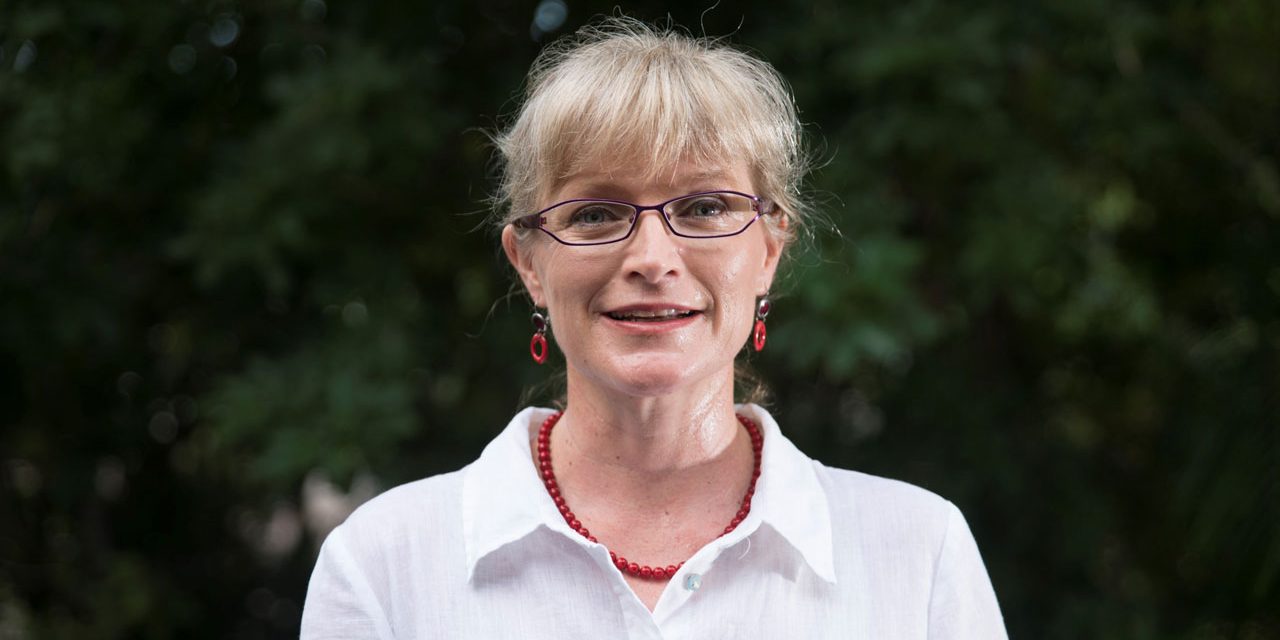Jo Kieboom, M.AIRAH, is Senior Engineer Ecological Sustainability for the Department of Infrastructure, Planning and Logistics – Northern Territory government.
Specialty
Sustainable buildings – policy, program and project development and management.
Passions
Reducing the carbon footprint of existing and new buildings.
How have you coped with COVID-19?
We have been so lucky in the Northern Territory to date, with only a few short lockdowns. But I worry about our Aboriginal people, and am hopeful that remote community vaccination rates will continue increasing.
Professionally, COVID-19 has resulted in exponential growth of online professional development opportunities, which is fantastic for those of us in the regions.
I also haven’t seen my Melbourne-based sister for 18 months. I miss her and it’s been tough watching her live through Melbourne’s long lockdowns – lucky we’re made of tough stock!
What do you like about your job?
The work is extremely diverse, and I never stop learning. Also, how inter-disciplinary it is, and that I get to collaborate with a wide range of people.
Challenges
Insufficient recognition of, and resources to do justice to, the cost-effective carbon-reduction opportunities offered by energy efficiency. It seems everyone is getting excited about reducing the carbon intensity of electricity, fully electric buildings, and embodied carbon. While these are of course important, there is still so much to do to reduce and avoid energy waste as well as demand management.
What would like, but don’t have?
A magic wand, more resources and less hurdles/barriers.
Reasons for optimism
That we now have commitments to net zero emissions at all levels of government. Some of our trading partners will be holding us to account, and Australian governments are turning their attention to resourcing transition plans for fossil fuel-dependent regions.











